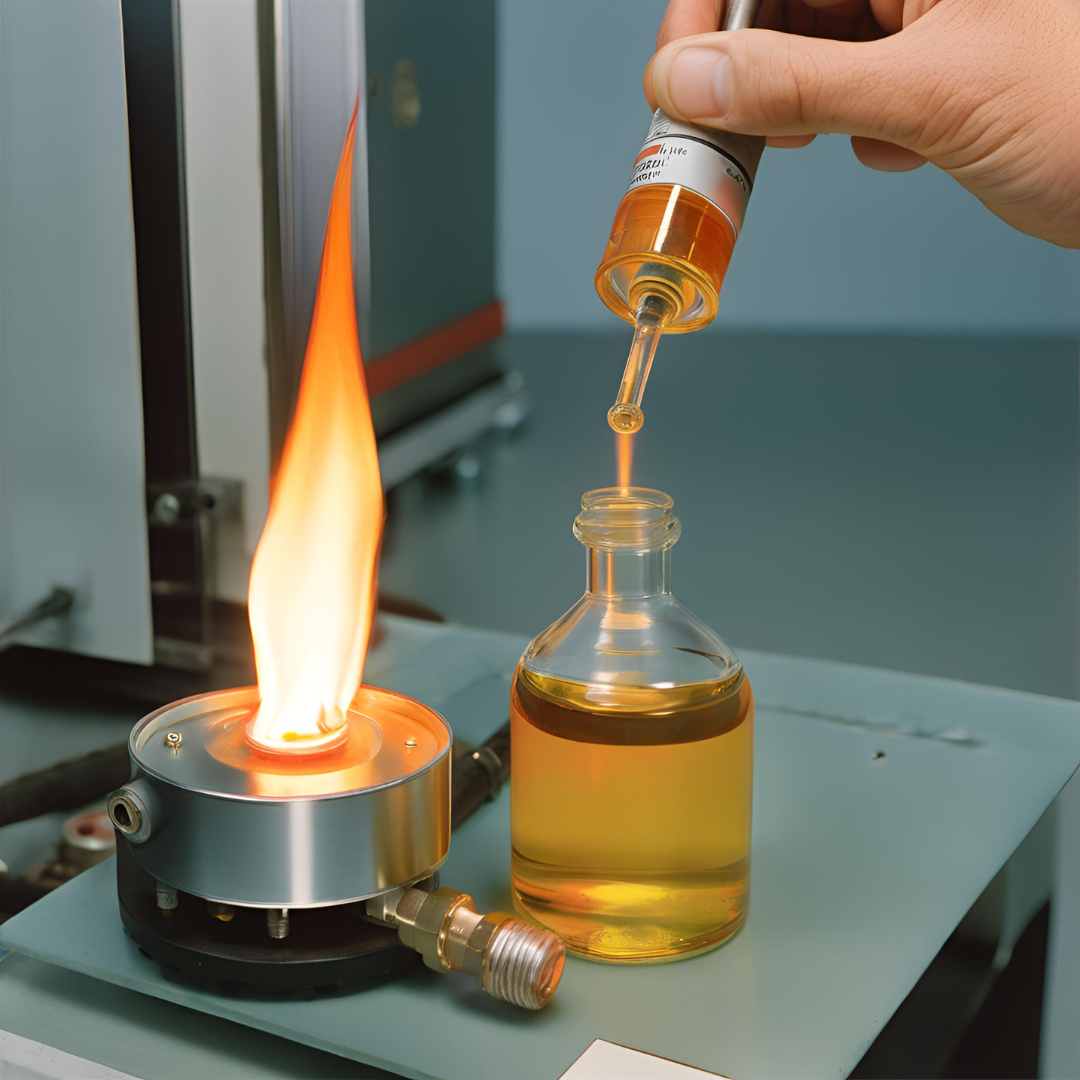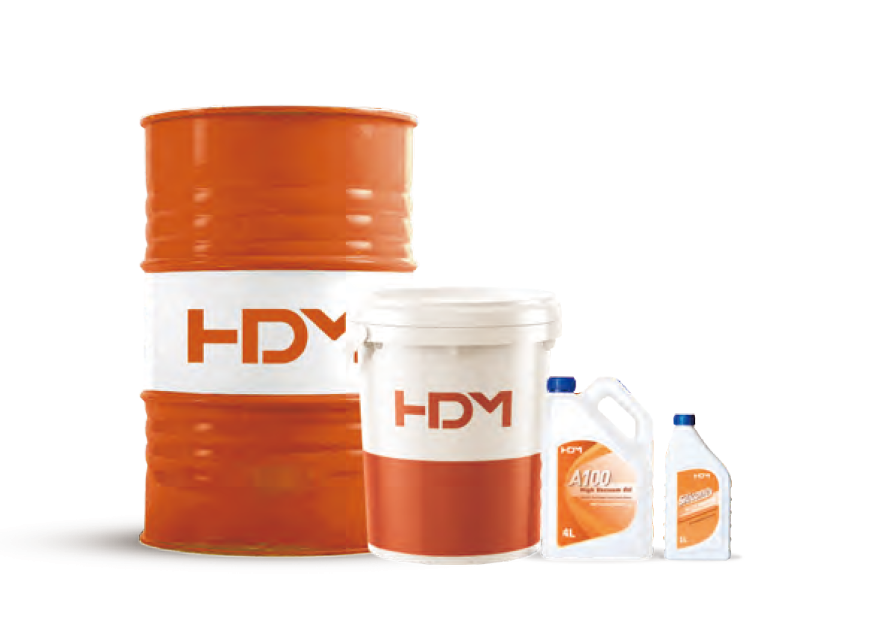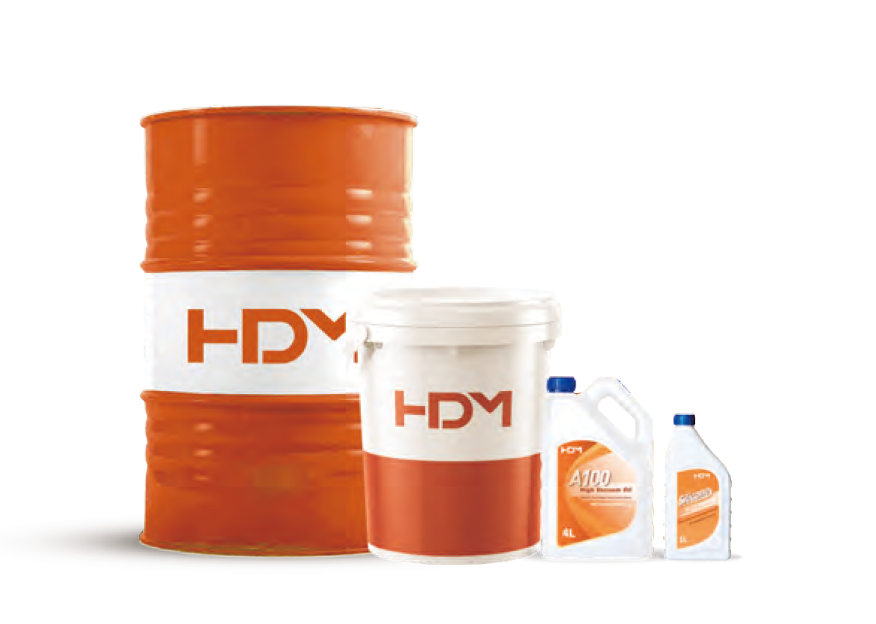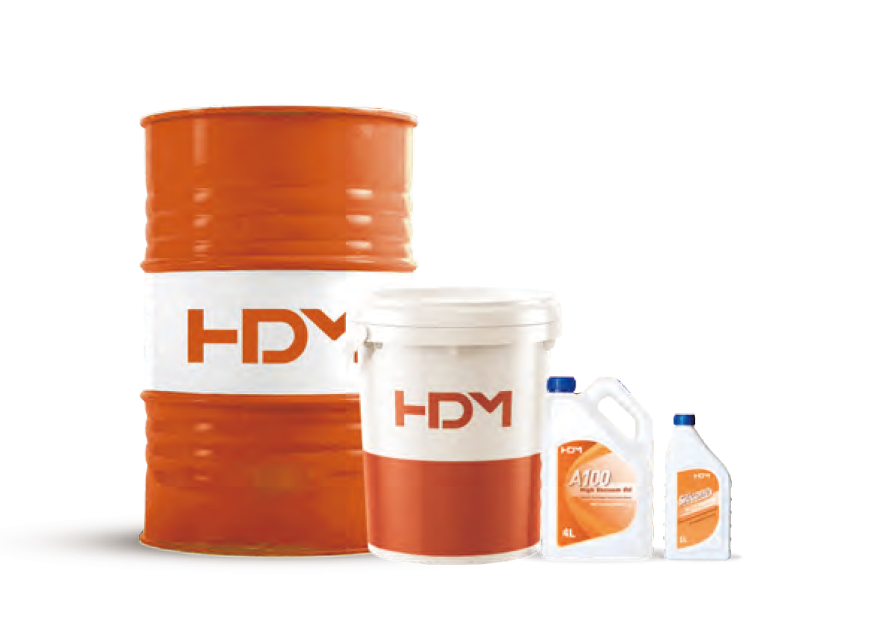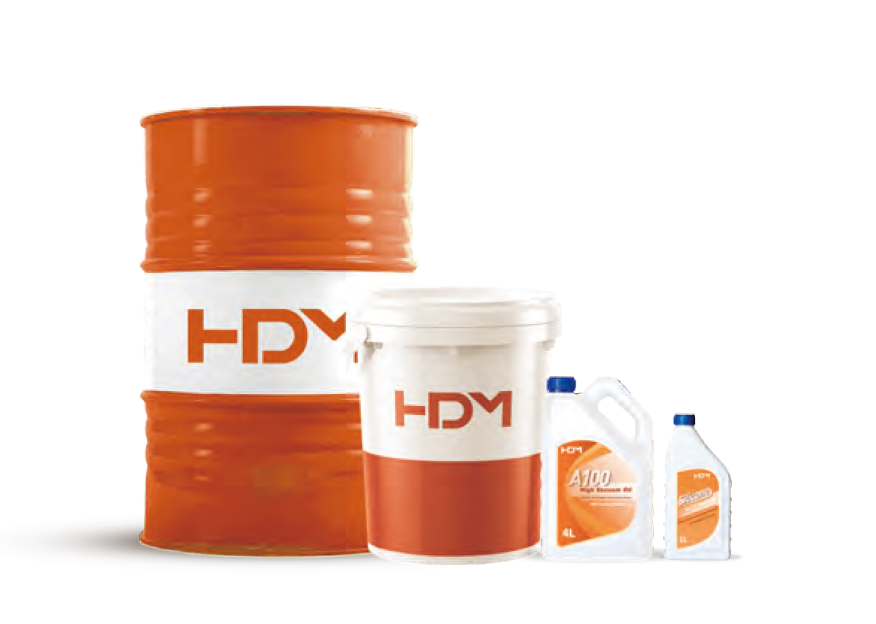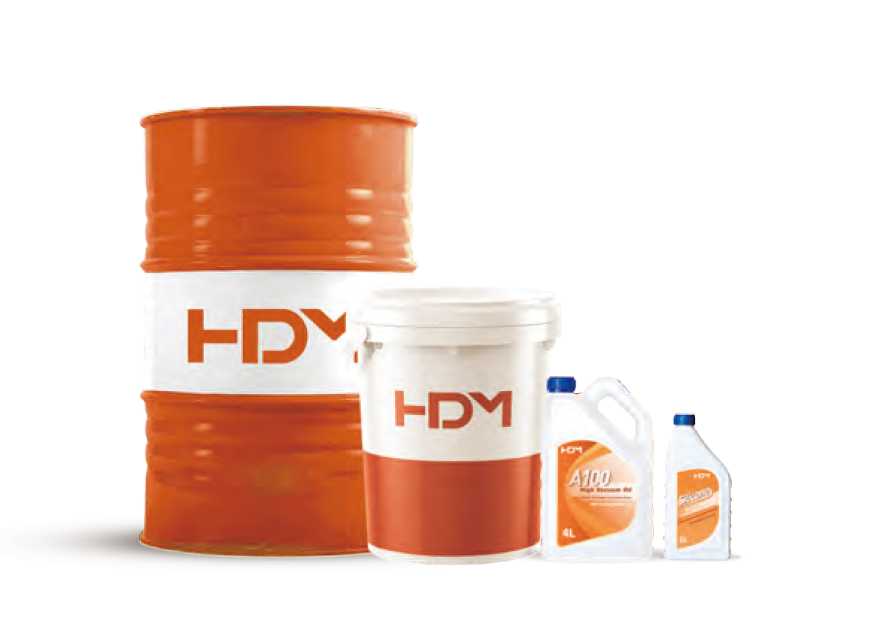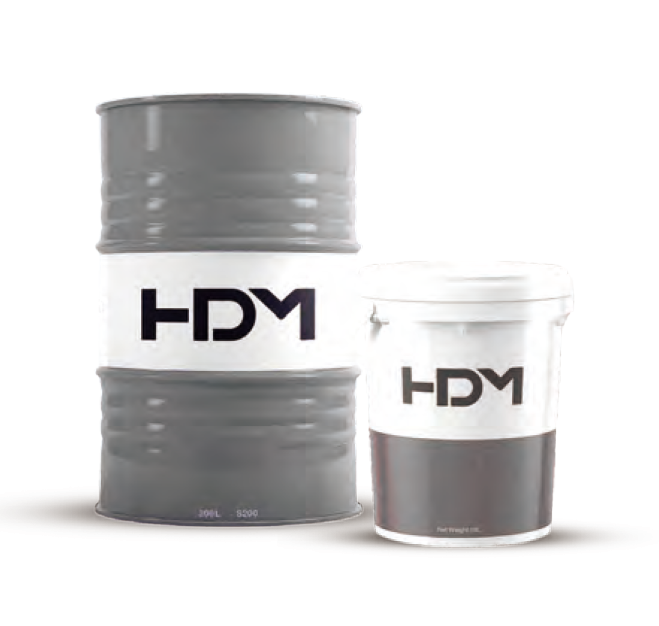Industrial lubricants play a crucial role in reducing friction and wear in machinery, aiding in efficient operation and preventing rust and overheating. One key characteristic that should not be overlooked is the flash point of these lubricants.
What is the Flash Point?
The flash point is the lowest temperature at which the vapor of the lubricant can ignite momentarily when exposed to an ignition source, such as a spark or flame.
• Example: If a lubricant has a flash point of 200°C, it means that at 200°C, the vapor released from the lubricant can ignite immediately when exposed to a source of ignition.
Why is the Flash Point Important?
- Safety: Knowing the flash point of a lubricant helps prevent accidents and fires in the workplace.
- Choosing the Right Lubricant: Select a lubricant with a suitable flash point for the operating conditions. For high-temperature systems, choose lubricants with a high flash point.
- Storage: Lubricants with a low flash point are more prone to catching fire and should be stored in cool areas away from ignition sources.
Factors Affecting the Flash Point - Composition of the Lubricant: Lubricants made of smaller hydrocarbon molecules tend to have lower flash points compared to those with larger molecules.
- Purity of the Lubricant: Contaminants in the lubricant can alter its flash point.
Flash Point Testing Methods
There are two main methods to test the flash point: - Open Cup Method: This involves allowing the lubricant to evaporate in an open cup and then igniting it. This method often results in a higher flash point as it simulates an open environment.
- Closed Cup Method: This test is conducted in a sealed cup to prevent vapor loss to the atmosphere. It provides a more accurate and practical flash point close to real-world conditions.
Examples of Flash Points for Various Lubricants
• General Machinery Oil: Flash points range from 200-250°C.
• Hydraulic System Oil: Flash points range from 150-200°C.
• Heavy Machinery Oil: Flash points can exceed 300°C.
Summary
Understanding the flash point of industrial lubricants is crucial for selecting the appropriate lubricant for your machinery and operating conditions. It helps minimize the risk of accidents and enhances machinery performance.